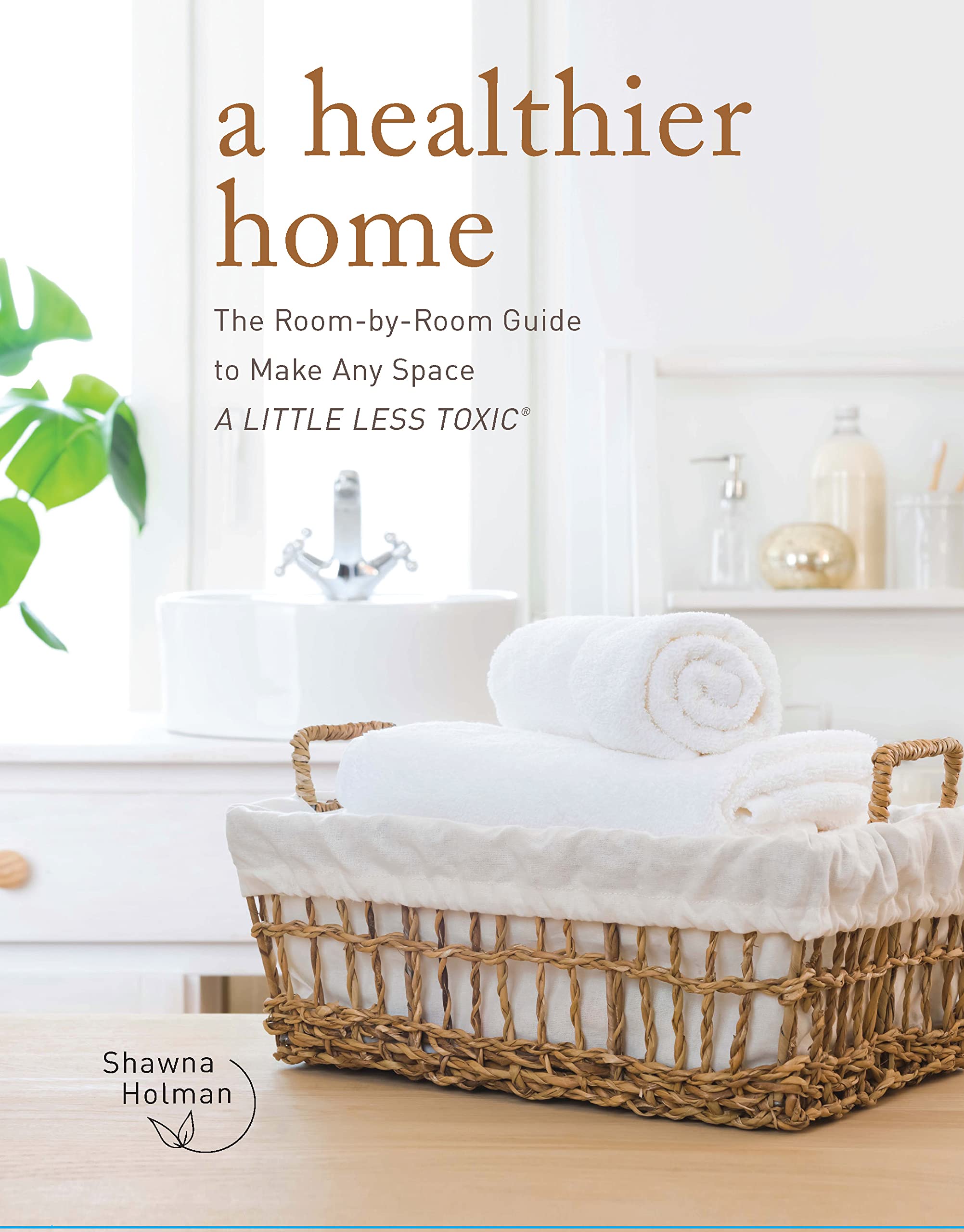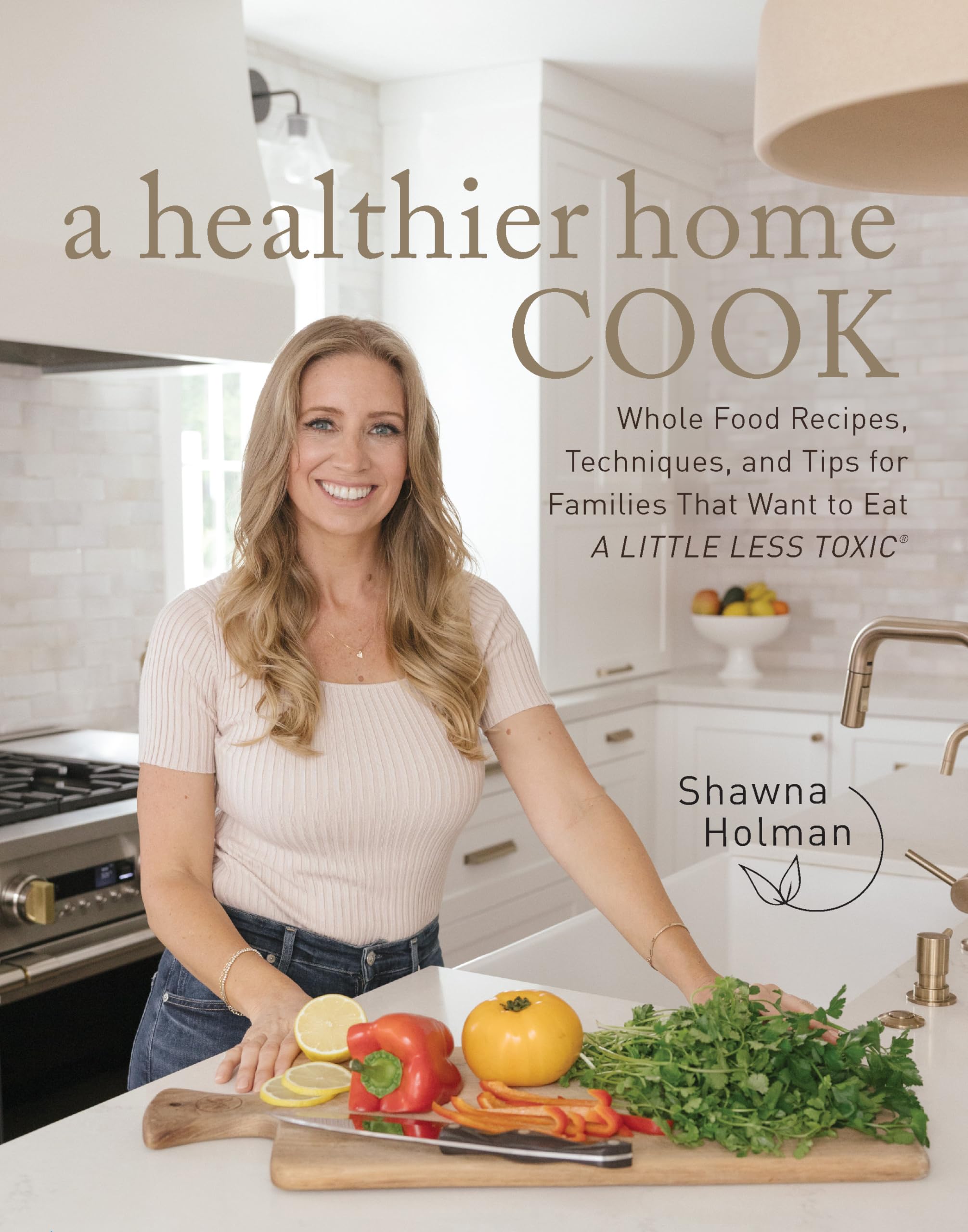Creating a healthier, more eco-friendly home doesn’t have to be complicated.
By making a few simple swaps, you can reduce your environmental impact and create a safer living space for you and your family.
These small changes can have a big impact on your health and the planet.
Everyday household items often contain harmful chemicals or contribute to excessive waste.
Switching to natural, sustainable alternatives can help minimize your exposure to toxins and reduce your carbon footprint.
From cleaning products to personal care items, there are many opportunities to make eco-friendly choices.
When you make these swaps, you need to consider the materials used, their sustainability, and any potential health impacts.
Look for products made from renewable resources, free from harsh chemicals, and packaged in recyclable or biodegradable materials.
By being mindful of these factors, you can create a home that’s both healthy for you and kind to the environment.
Simple Swaps for a Healthier, Eco-Friendly Home
Ready to make your living space cleaner and greener? You’ll love these easy product swaps that can help you create a healthier home environment while reducing your environmental impact.
From kitchen essentials to cleaning supplies, these eco-friendly alternatives are simple ways to upgrade your daily routines.
A Healthier Home Guide
You’ll find this book invaluable for creating a less toxic living space through practical, room-by-room advice.
- Easy-to-follow tips and recipes
- Beautiful coffee table book design
- Accessible for beginners
- May be basic for advanced eco-enthusiasts
- Limited scientific citations
- Focuses mainly on home environment
Shawna’s guide offers a fresh perspective on transforming your living spaces into healthier environments.
The book’s appealing layout makes it a pleasure to flip through, doubling as an attractive coffee table piece and a practical reference.
You’ll appreciate the room-by-room approach, which breaks down the daunting task of detoxifying your home into manageable steps.
From the kitchen to the bedroom, each chapter provides specific suggestions for reducing harmful chemicals and introducing more natural alternatives.
The author’s casual tone makes the information accessible, even if you’re new to the concept of a less toxic lifestyle.
You’ll find recipes for homemade cleaning products and tips for choosing safer furniture and decor.
While some readers might wish for more in-depth scientific explanations, the book’s strength lies in its simplicity and actionable advice.
As you implement the suggestions, you may notice improvements in your overall well-being.
The book encourages gradual changes, allowing you to adapt at your own pace without feeling overwhelmed.
It’s an excellent starting point for anyone looking to create a healthier home environment.
Healthier Home Cookbook
You’ll love this family-friendly cookbook that simplifies wholesome eating with easy, nutritious recipes and practical tips for a healthier home.
- Simple, nourishing recipes
- Valuable tips for a less toxic home
- Kid-approved meals
- Limited to 208 pages
- Hardcover may be less convenient
- Published recently, so fewer user reviews
This cookbook stands out from the crowd with its focus on whole food recipes that are both nutritious and family-friendly.
You’ll find a variety of easy-to-follow dishes that don’t require fancy equipment or complicated techniques.
The author, Shawna Holman, has created a resource that goes beyond just recipes.
You’ll appreciate the additional information packed into this book.
It’s filled with helpful tips and tricks to make your home environment healthier.
The beautiful layout makes it a joy to flip through, whether you’re meal planning or just looking for inspiration.
Parents will especially value this cookbook.
The recipes are designed to appeal to picky eaters while still providing wholesome nutrition.
You won’t have to choose between healthy and delicious – these meals offer both.
Plus, the manageable steps mean you can get dinner on the table without stress.
While the hardcover format might not be as convenient as a spiral-bound cookbook, it does make for a sturdy addition to your kitchen library.
At 208 pages, it offers a good selection of recipes without being overwhelming.
Keep in mind that as a newer release, there aren’t as many user reviews available yet, but early feedback has been overwhelmingly positive.
Buying Guide
When shopping for eco-friendly home products, keep these key factors in mind:
Materials
Look for items made from sustainable, renewable resources like bamboo, organic cotton, or recycled materials.
Avoid products containing harmful chemicals or plastics when possible.
Durability
Choose well-made items that will last longer, reducing waste and the need for frequent replacements.
Quality often outweighs a lower price tag in the long run.
Energy Efficiency
For appliances and electronics, check energy ratings and opt for models that consume less power.
This saves money on utility bills and reduces your carbon footprint.
Packaging
Select products with minimal, recyclable packaging.
Some companies now offer packaging-free options or use compostable materials.
Certifications
Look for trusted eco-labels and certifications that validate a product’s green claims.
Here are some common ones to watch for:
| Certification | What It Means |
|---|---|
| Energy Star | Energy-efficient appliances and electronics |
| USDA Organic | Food and textiles produced without synthetic pesticides or fertilizers |
| FSC | Wood and paper products from responsibly managed forests |
| Fair Trade | Ensures fair wages and safe working conditions for producers |
Local and Handmade
Consider supporting local artisans and businesses.
Handmade items often have a smaller environmental impact and support your community’s economy.
Remember, the most eco-friendly choice is often to use what you already have or buy second-hand.
When you do need to purchase new items, these guidelines can help you make greener choices.
Frequently Asked Questions
Creating a healthier, eco-friendly home doesn’t have to be complicated or expensive.
Here are answers to some common questions about simple swaps and sustainable living.
How can I make simple changes to create a healthier, more sustainable living space?
Start by swapping out harsh chemical cleaners for natural alternatives like vinegar and baking soda.
Replace single-use items with reusable options, such as cloth napkins instead of paper ones.
Opt for energy-efficient LED bulbs and low-flow showerheads to reduce your energy and water consumption.
What are some budget-friendly products I can use for a greener home?
Reusable produce bags and shopping totes are affordable and help reduce plastic waste.
Bamboo dish brushes and compostable sponges are eco-friendly kitchen essentials.
Beeswax wraps can replace plastic wrap for food storage.
These small changes can make a big impact without breaking the bank.
Can you suggest some easy zero waste swaps for everyday household items?
Replace plastic toothbrushes with bamboo ones.
Swap liquid soap for package-free bar soap.
Use a safety razor instead of disposable razors.
Opt for reusable cloths instead of paper towels.
These simple swaps can significantly reduce your household waste.
What are the best eco-friendly storage solutions?
Glass jars are versatile for storing dry goods and leftovers.
Stainless steel containers are durable and great for packed lunches.
Fabric produce bags keep fruits and vegetables fresh.
Silicone food storage bags are perfect for snacks and freezer storage.
Could you recommend some eco-friendly hair care products?
Look for shampoo and conditioner bars to eliminate plastic bottles.
Try a bamboo hairbrush with natural bristles.
Opt for hair ties made from organic cotton or recycled materials.
Consider using a leave-in conditioner made with natural ingredients to reduce product waste.
What are some examples of eco-friendly household products?
Biodegradable trash bags made from plant-based materials are a great alternative to plastic.
Wool dryer balls can replace single-use dryer sheets.
Bamboo toilet paper reduces deforestation.
Natural fiber mops and brooms are sustainable cleaning tools.
These products help create a greener home environment.



